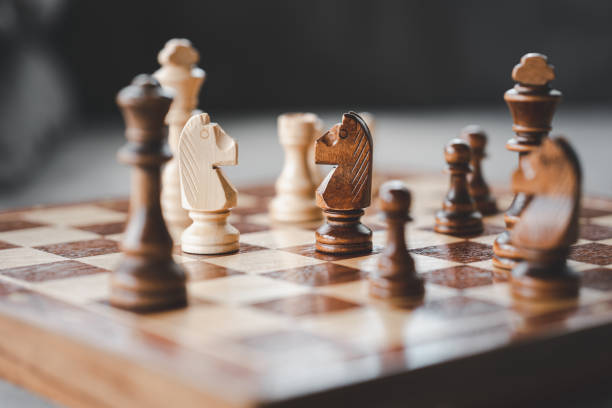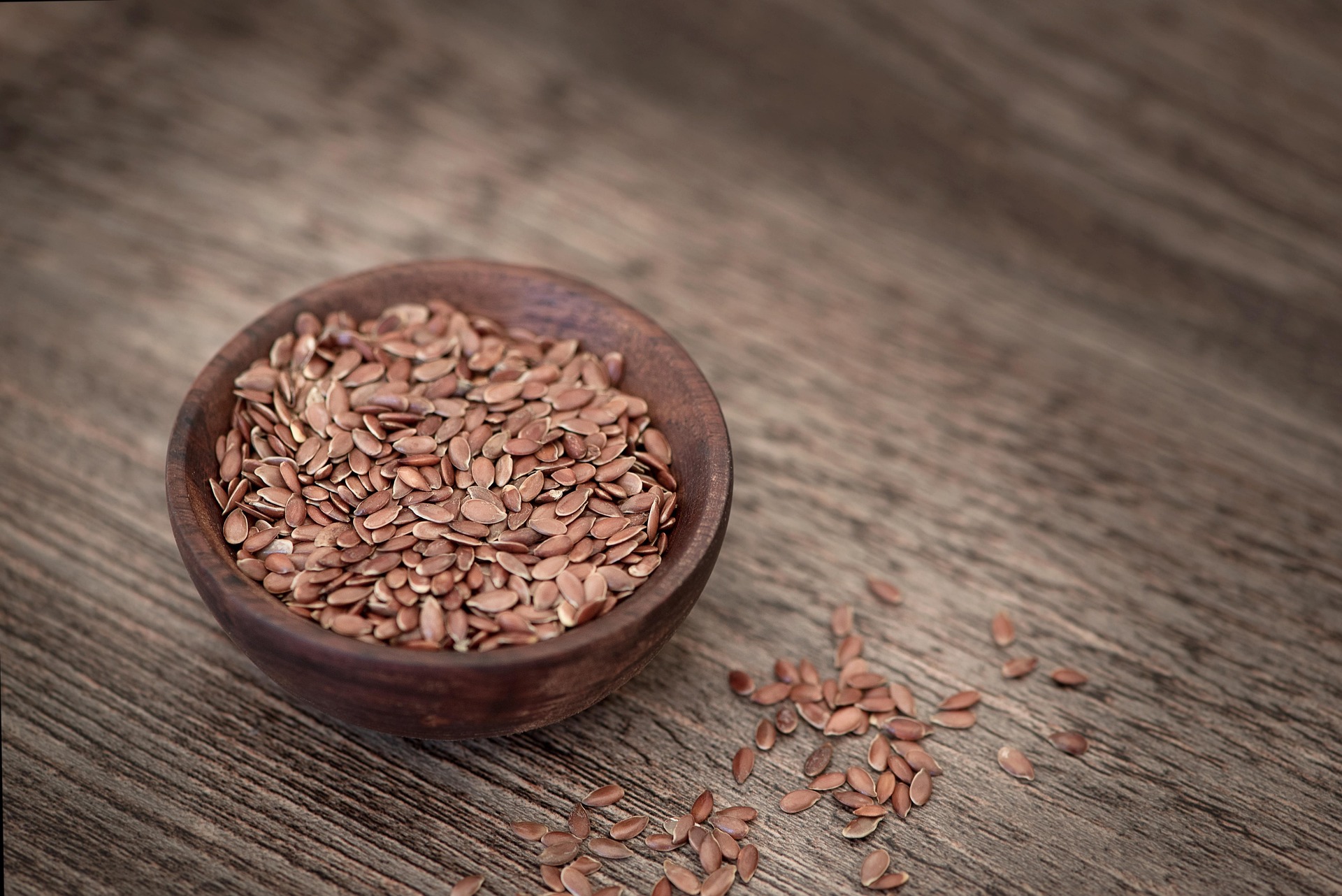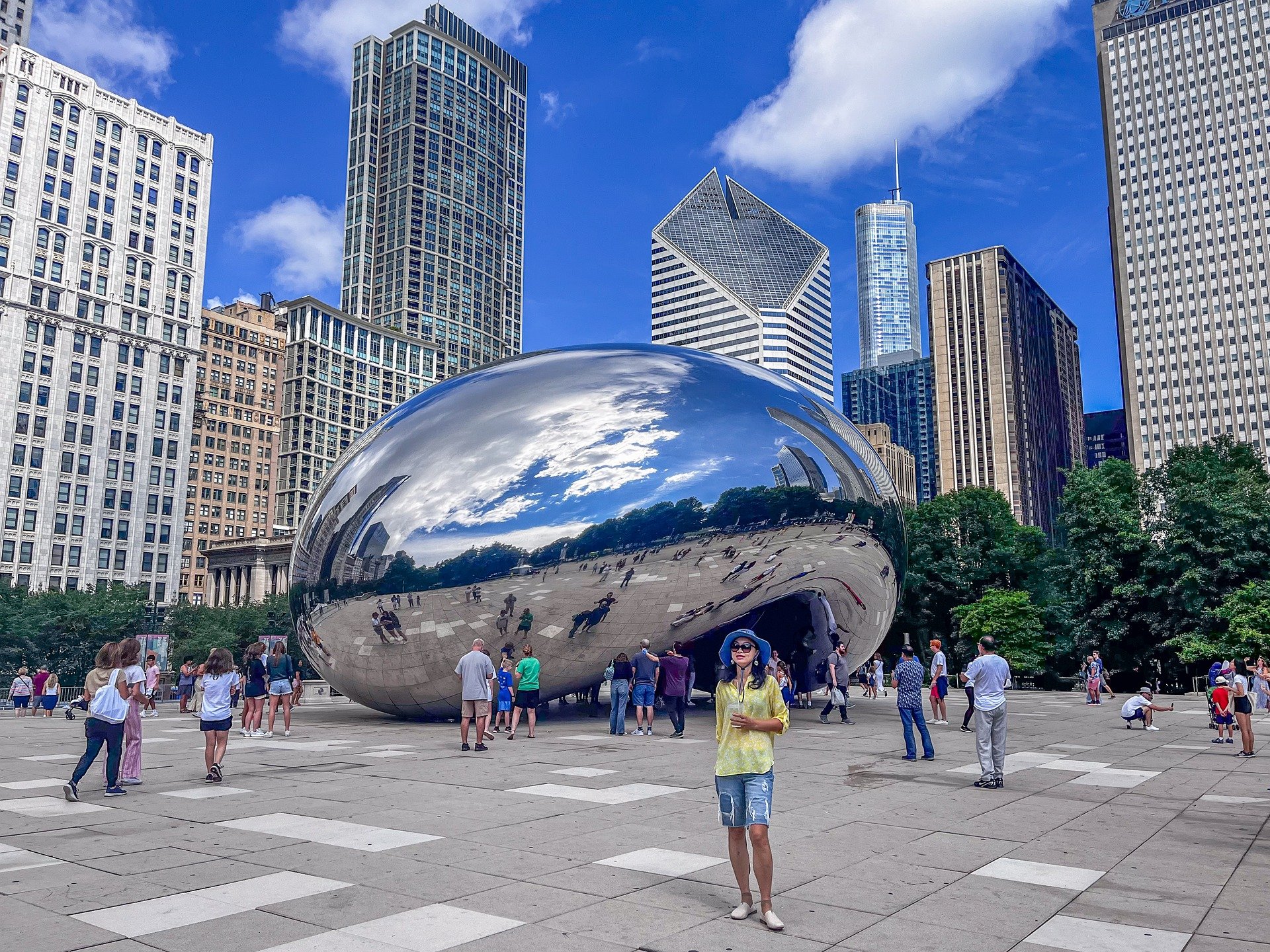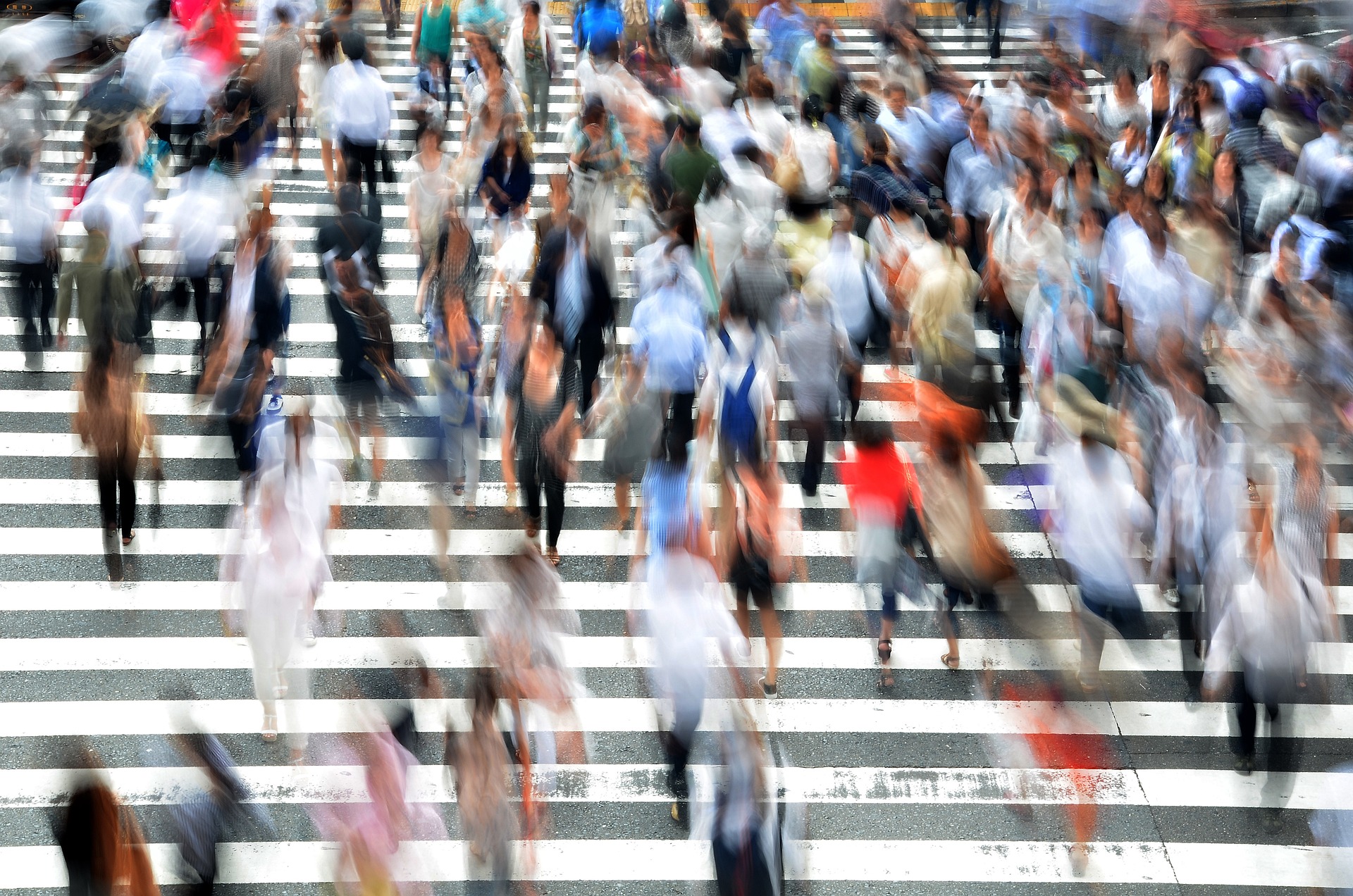Shifting Landscapes: A Deep Dive into the Virtual Reality Art Movement
Prepare to traverse the boundaries of reality and dive deep into the vibrant world of Virtual Reality (VR) art. This captivating realm of artistic expression is transforming the traditional art scene as it offers immersive and interactive experiences like never before.
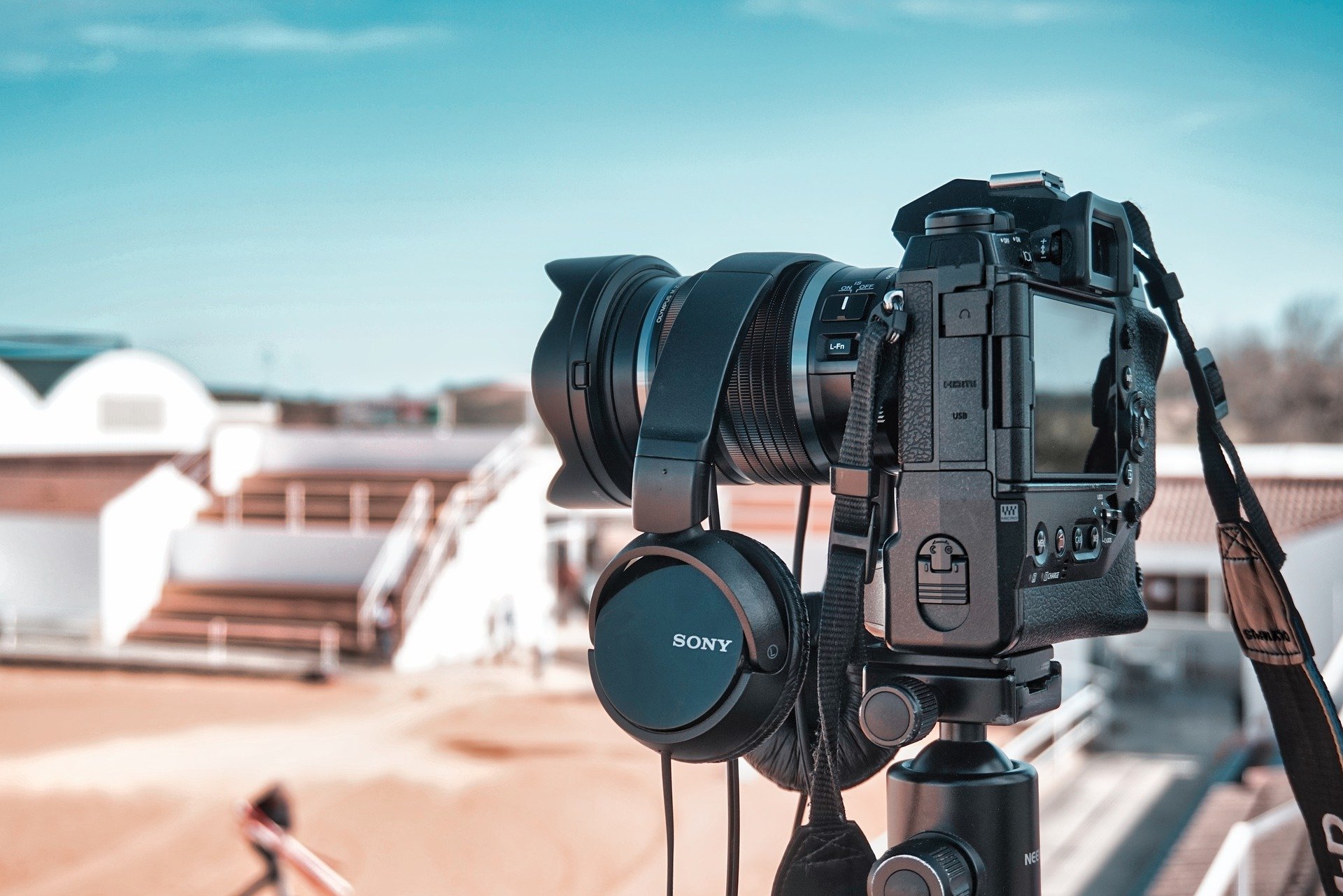
A New Reality on the Horizon
In the late 20th century, the seeds of VR were sown, its roots embedded in the works of innovative artists and technologists. The concept of a simulated environment, a parallel universe, was a notion that fascinated many. However, it was not until the early 21st century, with the advancement of technology and the rise of digital art, that the true potential of VR art began to unfold. Artists started leveraging VR tools to create rich, immersive, and multi-dimensional artworks that transcended the confines of physical space.
The State of VR Art Today
Fast forward to today, VR art has transcended from being a mere novelty to an integral part of the contemporary art landscape. Museums and galleries worldwide are hosting VR art exhibitions, allowing patrons to delve into fantastic worlds and explore art in a completely new and immersive way. VR art has also found its way into the digital realm with online platforms enabling artists to display their creations to a global audience.
The Impact and Significance of VR Art
The impact of VR art is profound. It challenges traditional art norms, breaking the fourth wall and allowing the audience to interact with, and even influence, the artwork. This interactivity and immersion offer a unique emotional connection, propelling the audience from passive observers to active participants. VR art also enhances accessibility, allowing people regardless of location or physical capabilities to engage with art in ways previously unimaginable.
Looking Ahead: The Future of VR Art
While the VR art movement is still in its nascent stage, its future looks promising. As technology continues to evolve and VR becomes more affordable and accessible, VR art is set to become even more popular and influential. Artists are also exploring ways to combine VR with other technologies such as Augmented Reality (AR) and Mixed Reality (MR), hinting at an even more exciting and innovative future for this dynamic art form.
In conclusion, VR art represents a seismic shift in the world of artistic expression, redefining the relationship between the artist, the artwork, and the audience. As we continue to explore this fascinating realm, one thing is certain: the boundaries of artistic expression are expanding, and the future of art is indeed virtual.


